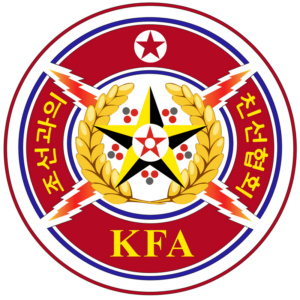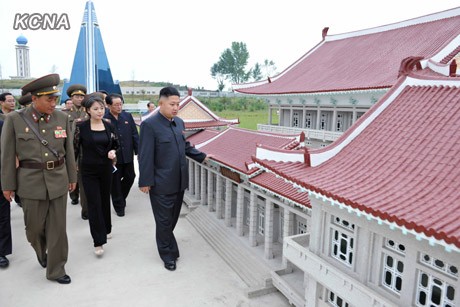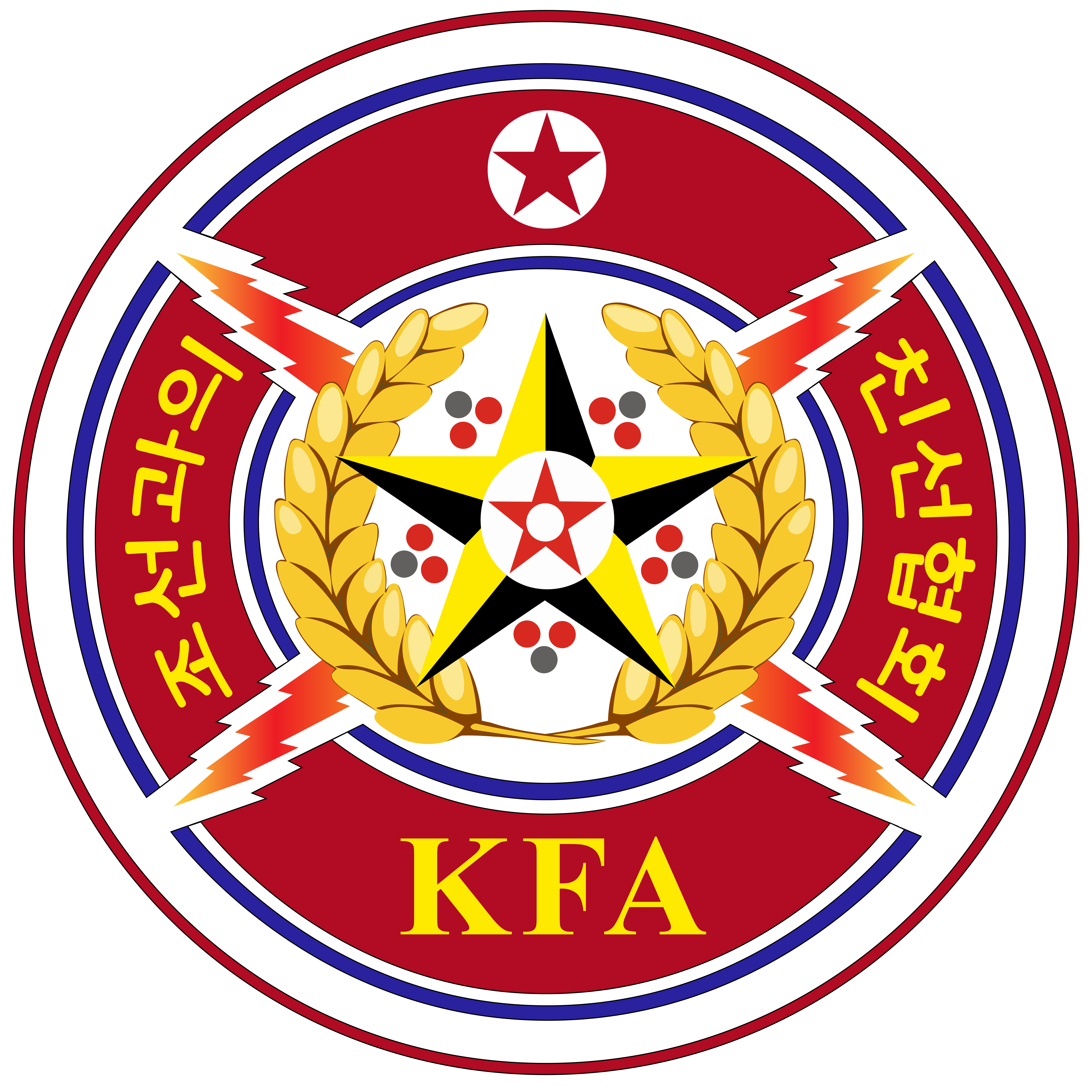Kim Jong Un, News
Kim Jong Un Goes Round Pyongyang Folk Park
The peculiar folk park covers a vast area around the site of the Anhak Palace on Mt. Taesong.
The park consists of the district for comprehensive education of history, district for the display of historic relics, modern district, folk village district, folk playing district, park district of Mt. Paektu and Mt. Kumgang and the management and operation district. It is an open-air history museum where visitors can see and experience at first hand the Korean history and folk custom.
After hearing a report from commanding officers that the park has been successfully completed,Kim Jong Unwent round its various places.
At the education district at the entrance of the park, he went round visual boards for comprehensive education of history set up in the form of a large mural painting.
The Korean people have acquired an advantageous national identity, taking the road of independent development for a long historic period, he said, adding only when the younger generation know about this well, can they deeply grasp the Korean nation-first spirit.
At the district for the display of historic relics he saw round picture boards and primitive straw-thatched huts showing the lifestyle of primitive people, Mausoleum of King Tangun, dolmens and pipha-shape daggers during ancient Korea, Mausoleum of King Tongmyong, monument to the Mausoleum of King Kwanggaetho and Kumggang Temple Pagoda during Koguryo period, Miruk Temple Pagoda of Paekje, Hwangryong Temple Pagoda of Silla and a stone lantern during Palhae period.
Viewing structures of reduced sizes at the modern district such as Kim Il Sung Square, Grand People’s Study House, Korean Revolution Museum, Mansudae Art Theatre and West Sea Barrage not only from distance but at close range, he was satisfied to learn that the soldier-builders set right the defects mentioned by him when visiting there in January.
Seeing the structure depicting leaderKim Jong Il’s birthplace in the Paektusan secret camp, he underlined the need to plant trees appropriate for the building so that its environment may look like its original one and successfully conduct afforestation so that there may be a clear distinction among different lots.
Standing before a miniature of the Korean Revolution Museum, he said when people come there they would think of the statues of Generalissimos Kim Il Sung and Kim Jong Il on Mansu Hill, calling for successfully erecting their statues and group sculptures of subsidiary theme.
It is necessary to set up a miniature of Panmunjom symbolic of division so that people may harden their resolution to reunify the country in our generation without fail, he noted.
He gave an instruction to construct in the park miniatures of the Three-Revolution Museum and the People’s Theatre and other buildings newly built or those omitted as the area of the park is so vast.
Going round the folk village district, he was pleased to learn that typical structures belonging to the primitive age, period of ancient Korea, ancient period and periods of Koguryo and Koryo retain their former glory.
At the miniature of the government office of Koguryo, he said the building was constructed well on the principle of historicism, adding if models of soldiers of government army wearing uniforms of the Koguryo period are set up at the entrance to the government office, visitors will think of aspects of society in that period.
He also went round the Korean Folk Museum newly built inside the park.
After going round the Palhae Palace, he saw historic relics unearthed by soldier-builders of KPA Large Combined Unit 630 in the course of construction and pencil drawings done by them.
He said that going round the park nearing its completion, he missed Kim Jong Ilvery much. He said with deep emotion how happy he would have been, if he had accompanied Kim Jong Il who personally initiated its construction.
He called for managing and operating the park well to help people and school youth and children more deeply grasp the Juche character and national identity.
He underlined the need to build the world district, too, at the park so that they may have profound knowledge about history and tradition of other countries while seeing buildings of various countries of the world.
He enjoyed large reed ensemble “Song of devotedly defending the leader, looking up to the Kumsusan Palace of the Sun” presented by soldier-builders of KPA Large Combined Unit 630.
He gave the highest appreciation to the large combined unit, saying it has performed shining labor feats on the forefront of socialist construction by powerfully demonstrating the revolutionary soldier spirit and the fighting spirit of devotedly implementing the leader’s instructions in the construction of the park. He, at the same time, extended thanks of the KPA Supreme Commander to the unit.
He was accompanied by Choe Ryong Hae, Jang Song Thaek, Kim Jong Gak, Choe Thae Bok, Pak To Chun, Kim Yong Il, Kim Yang Gon, Kim Phyong Hae, Mun Kyong Dok, Kim Kyong Ok, Pak Thae Song, Hwang Pyong So, Kim Pyong Ho and Ma Won Chun.


